Discrimination & Prejudice
Understanding Obesity
Big Portions, Big Problems
Discrimination & Prejudice
Emotions & Eating
Exercise for Fitness & Weight Loss
Fast Food & the Obesity Epidemic
Health Issues Caused by Obesity
Looking & Feeling Good in Your Body
Nature & Nurture: The Causes of Obesity
No Quick Fix: Fad Diets & Weight-Loss Miracles
Surgery & Medicine for Weight Loss
Discrimination & Prejudice
Autumn Libal
Mason Crest
Mason Crest
450 Parkway Drive, Suite D
Broomall, PA 19008
www.masoncrest.com
Copyright 2015 by Mason Crest, an imprint of National Highlights, Inc. All rights reserved. No part of this publication may be reproduced or transmitted in any form or by any means, electronic or mechanical, including photocopying, recording, taping, or any information storage and retrieval system, without permission from the publisher.
Printed in the United States of America.
Series ISBN: 978-1-4222-3056-5
ISBN: 978-1-4222-3058-9
ebook ISBN: 978-1-4222-8841-2
Cataloging-in-Publication Data on file with the Library of Congress.
Contents


We as a society often reserve our harshest criticism for those conditions we understand the least. Such is the case with obesity. Obesity is a chronic and often-fatal disease that accounts for 300,000 deaths each year. It is second only to smoking as a cause of premature death in the United States. People suffering from obesity need understanding, support, and medical assistance. Yet what they often receive is scorn.
Today, children are the fastest growing segment of the obese population in the United States. This constitutes a public health crisis of enormous proportions. Living with childhood obesity affects self-esteem, employment, and attainment of higher education. But childhood obesity is much more than a social stigma. It has serious health consequences.
Childhood obesity increases the risk for poor health in adulthood and premature death. Depression, diabetes, asthma, gallstones, orthopedic diseases, and other obesity-related conditions are all on the rise in children. Over the last 20 years, more children are being diagnosed with type 2 diabetesa leading cause of preventable blindness, kidney failure, heart disease, stroke, and amputations. Obesity is undoubtedly the most pressing nutritional disorder among young people today.
This series is an excellent first step toward understanding the obesity crisis and profiling approaches for remedying it. If we are to reverse obesitys current trend, there must be family, community, and national objectives promoting healthy eating and exercise. As a nation, we must demand broad-based public-health initiatives to limit TV watching, curtail junk food advertising toward children, and promote physical activity. More than rhetoric, these need to be our rallying cry. Anything short of this will eventually fail, and within our lifetime obesity will become the leading cause of death in the United States if not in the world.
Victor F. Garcia, M.D.
Founder, Bariatric Surgery Center
Cincinnati Childrens Hospital Medical Center
Professor of Pediatrics and Surgery
School of Medicine
University of Cincinnati

Words to Understand

cultural: Relating to the characteristics (like practices, belief systems, types of food, art, etc.) that define or are particular to a group of people.
paradox: Something that seems to be contradictory but is or may be true.
affluent: Having a lot of money or possessions.
Calories: The amount of energy needed to raise the temperature of 1 kilogram of pure water by one degree Celsius; calorie with a lowercase c is the amount of energy needed to raise the temperature of 1 gram of pure water by one degree Celsius.
sedentary: Not requiring much motion.
type 2 diabetes: A common form of diabetes characterized by an inefficient production of or use of insulin.
osteoarthritis: A form of arthritis characterized by a gradual loss of cartilage between the joints.
detrimental: Causing harm or damage.
social: Relating to society.
stigmatization: The process of labeling someone or something as socially undesirable.
anecdotal: Based on secondhand, nonscientific information.
stereotyped: Judged based on generalizations.
ignorance: Lack of knowledge.

The human body is a beautiful, amazing thing. More complex than any computer, better built than any machine, the human body is a marvel of abilities and mystery. It is your fundamental vehicle for life. Every moment of your existence, your body performs complicated tasks that not only keep you alive but also allow you to think, feel, communicate, work, play, and more. With proper maintenance (and a bit of luck) the human body can continue performing these tasks for fifty, seventy, one hundred, or even more years. With people living longer than ever before, and with athletes continuing to set world records, we see that the human bodys true limits have yet to be discovered.
Unfortunately, many people dont realize how wonderful their own and other peoples bodies are. In our society, disrespect for peoples bodies, even body-hate, is far too common. Many people find it difficult, even impossible, to give their own bodies the love and respect they deserve, and some people think it is perfectly acceptable to make judgments about, even discriminate against, others based on the way their bodies look.
 An Epidemic of Body-Hate
An Epidemic of Body-Hate
Think for a moment about the following statistics. According to a study done by SHAPE Magazine, more than 80 percent of women between the ages of 25 and 54 are dissatisfied with their bodies. Similarly, 81 percent of ten-year-old children are afraid of being fat. Unhappiness with ones body appears to affect younger children as well. A shocking 42 percent of first- through third-grade girls want to be thinner. Statistics like these make a striking statement. They say that an awful lot of people in America dislike their bodies and wish they could change the way they look.
Our feelings toward our bodies are influenced by many sources. In fact, every day you are bombarded by messages telling you that your body should look a certain way or that it doesnt look good enough. Walk down the checkout aisle at the grocery story. Turn on the television for ten minutes. Flip through a fashion magazine, or look at the advertisements hanging in storefronts. Its pretty clear what a beautiful body is supposed to look like. Women are supposed to be tall and thin with perfect skin, voluptuous breasts, and long, flowing hair. Men are also supposed to be tall with perfect skin and hair, and every muscle in their bodies should appear as though chiseled out of stone. And one thing is very clear: A beautiful body should not have an ounce of visible fat!
Next page
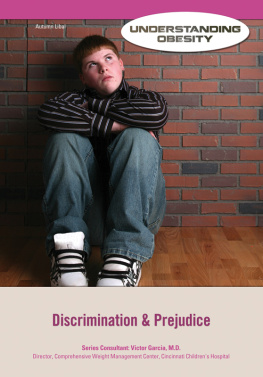
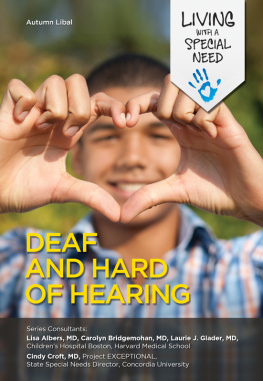
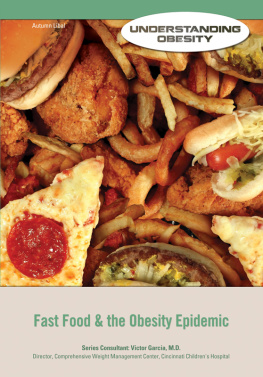
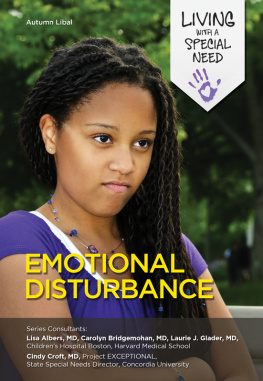
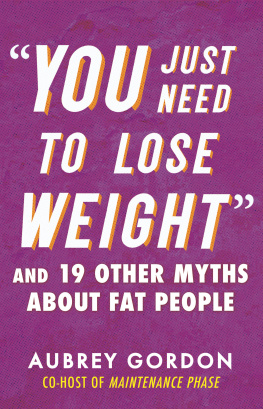
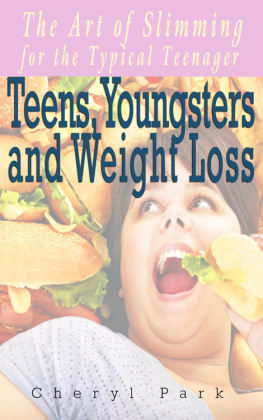


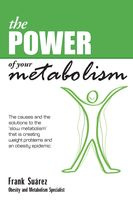
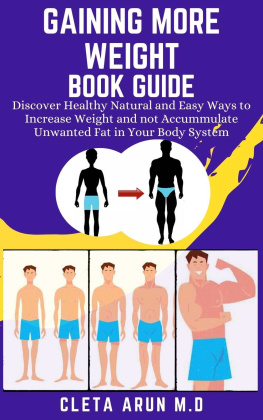
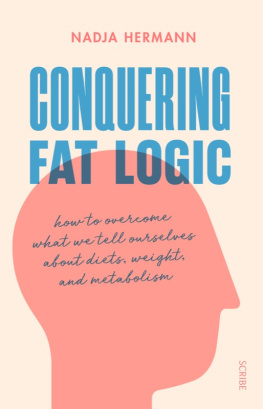
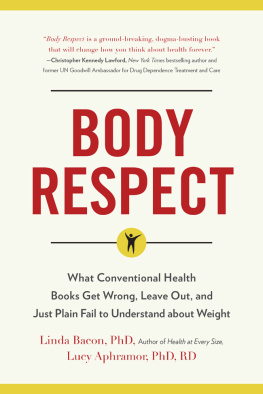






 An Epidemic of Body-Hate
An Epidemic of Body-Hate